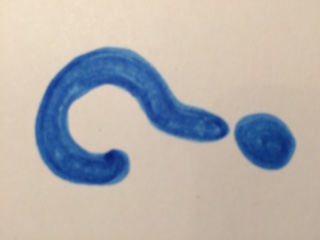Please note that this list is NOT a diagnosis of dyslexia. It is however a list of common traits, difficulties and strengths that research has shown is common in
those who have been diagnosed as dyslexic.
Not every one will demonstrate all of these and there will be more than appear on this list.
Early years
- Learning to talk later than children the same age
- Difficulty saying certain words, such as mawn-lower instead of lawn-mower, busgetti for spaghetti
- Adding new words to their vocabulary only very slowly
- Finding it hard to think of the right word when talking
- Difficulty working out which words rhyme
- Problems learning the alphabet, numbers, days of the week, colours, shapes, how to spell and write her or his name
- Difficulty in following multi-step routines or directions such as those in action songs, games or an activity such as getting dressed
- Motor skills – such as being able to hold and use a pencil properly, may develop far more slowly than in other children of the same age.
Some Discrepancies
- Effort & intelligence vs. attainment. (Never seems to get the grades to reflect the effort and work put in).
- Oral vs. Written word in English or a foreign language. (Can speak it can’t write it).
- Oral vs. Written comprehension between curriculum subjects. (Can’t seem to get things on to paper but can talk about it).
- Ability vs. confidence (low confidence).
- Understanding vs. recollection of facts (poor memory).
- Work put in vs. quality of end product (the end result is disappointing).
- Good days’ vs. Bad days (being able to do something one day and not the next).
- Timed vs. Untimed work (with no time limit, work produced is far superior to if timed).
Positives
Dyslexics can also be good at . . .
- Practical skills ‘hand on’ or finding alternate solutions to problems.
- May have a great emotional memory.
- Visual recall.
- Having a knack of explaining things in different ways to different people.
- With people, ‘a people person’.
- Mentoring and team leading.
- Architecture
- Guessing the right thing to do.
- Good global visual-spatial ability.
- Different ways of thinking – Thinks outside the box!
- Enhanced verbal strengths.
- Empathetic.
- Imaginative.
- Artistic – painting sculpture etc.
- Good with colour.
- Musical.
- Good at higher mathematical concepts (algebra etc).
And these are just a few!
Hints & Tips
If you think your child may be dyslexic . . ,
- Make an appointment to see your child’s teacher and SENCO (Special Educational Needs Coordinator).
- Be sure to tell the school of any family history of dyslexia or symptoms like those recognized on this list.
- Keep in Communication with the school.
- Keep a dairy, recording meeting dates, outcomes, action points etc.
- Check the diary regularly, ensuring that both you and the school are up to date with things.
Download this information as a Dyslexia symptoms, difficulties & some strengths! information leaflet. What is Dyslexia Leaflet (c) 2020

